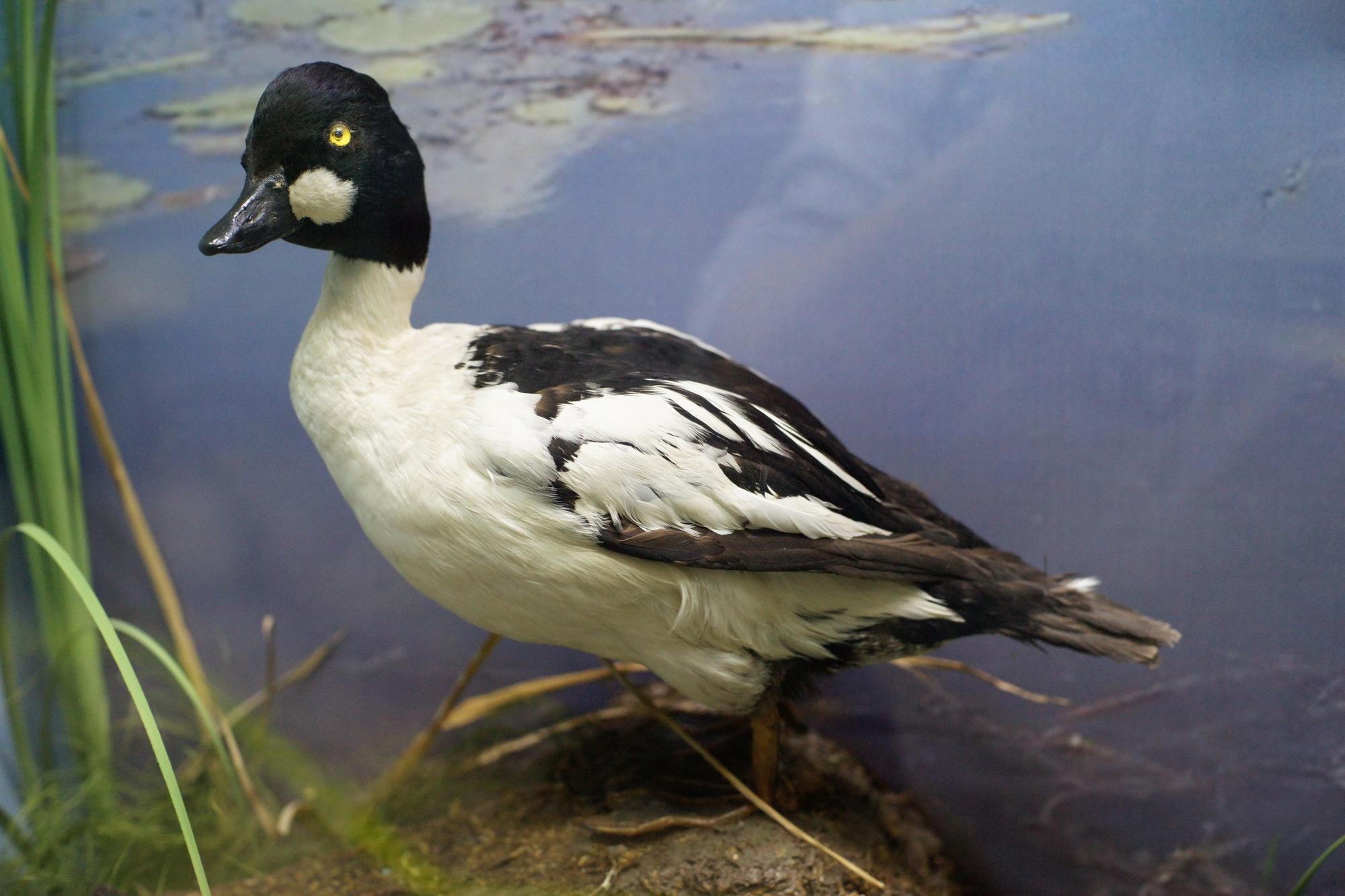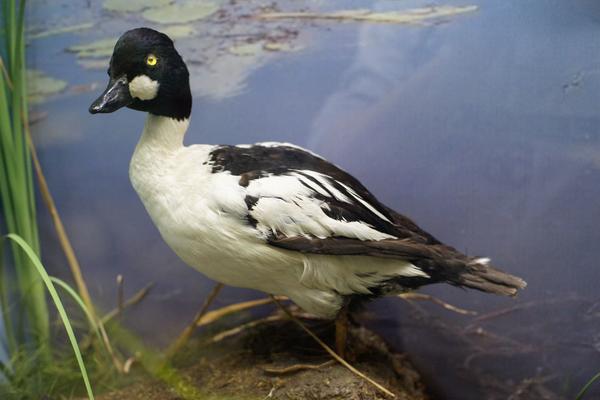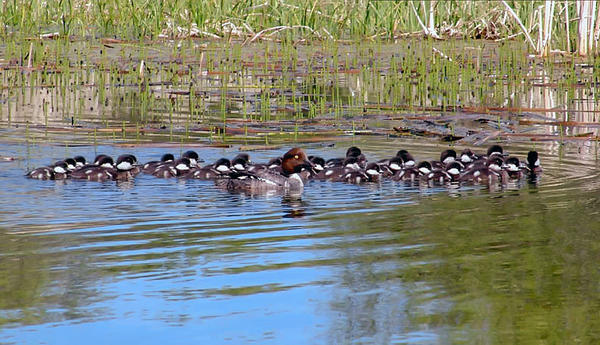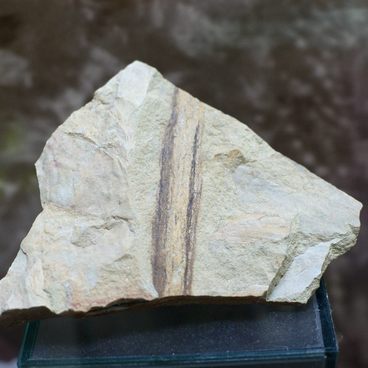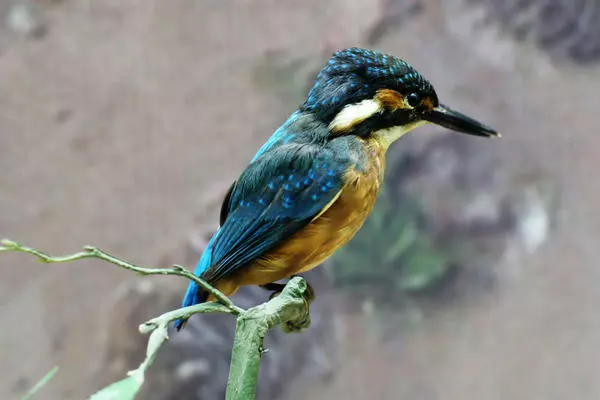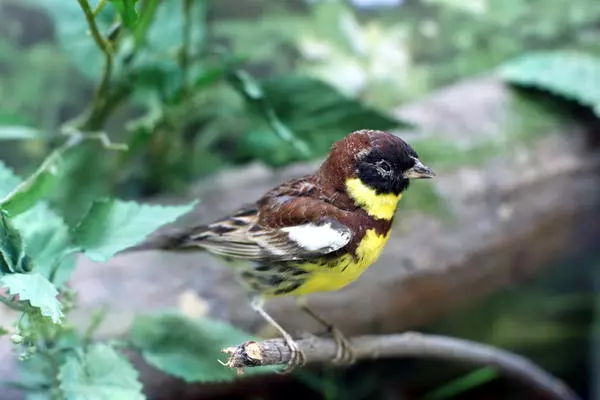The common goldeneye is a migratory bird representing family Anatidae, order Anseriformes. It looks like a small duck and has a rounded head, short bill and black-and- white plumage.
#1
Vyacheslav Semyachkin
Common Goldeneye
#3
#4
The goldeneye’s homeland is North America. From there, the bird first moved to Asia, and then spread into all the countries of the northern hemisphere - from Africa to South America. Most often it can be seen in forest areas, where conifers are most prevalent. Most goldeneyes fly to southern regions to spend the winter, and there are only a few European countries, where they remain year round. They winter on sea coasts or near freshwater bodies, such as rivers, lakes both natural and man-made.
In Russia, in the 1980s the goldeneye was considered a rare bird, therefore, it was put on the endangered-species list. With time Russian ornithologists managed to increase their population. Today, these ducks live in many water bodies of the Yaroslavl, Nizhny Novgorod, Ryazan Regions, as well as in southern Kazakhstan.
#9
During the spring migration goldeneyes look for mates. A pair of birds intending to mate returns to a partially frozen lake or river looking for patches of water, where they perform their mating ritual. The male goldeneye, the drake, goes out of his way to appeal to the female: he stretches out his neck, raises his head, extends his bill and beats his feet on the water making a fountain.
#5
In March, the nesting period starts. The goldeneyes make their nests in the hollows of trees along the waterways in the woods. For their choice of nesting sites the goldeneye is called in some Russian regions Duplaynka (duck living in hollows).
#6
If goldeneyes failed to find a suitable nesting place, they can stay on the ground. Also, an abandoned hare hole, an empty stump, or space between tree roots or logs can serve as a dwelling for their future offspring. Goldeneyes can easily settle in large birdhouses built by people for them. People hang birdhouses for goldeneyes to increase the population.
#7
The goldeneye female usually lays from 5 to 13 eggs of a greenish tint. The female incubates them for 30 days. Before leaving the nest in search of food, she carefully covers the eggs with her fluff. When chicks are born, they are covered with dark-colour fluff on top and white on the bottom. They take one day to dry in nest, then jump down to the ground and follow their mother to the water. Two weeks later, ducklings can dive and look for their own food. They feed on aquatic invertebrates: worms, spring flies, leeches. In search of food the goldeneye can dive more the 4 metres deep and stay in the water for over 30 seconds.
Common Goldeneye. Source: ru.wikipedia.org
#10
Kuzebai Gerd National Museum of the Republic of Udmurtia
read morehide
00:00
00:00
1x
Common Goldeneye
Creation period
1992
Technique
Taxidermy
Collection
Exhibition
0
Open in app
Share
